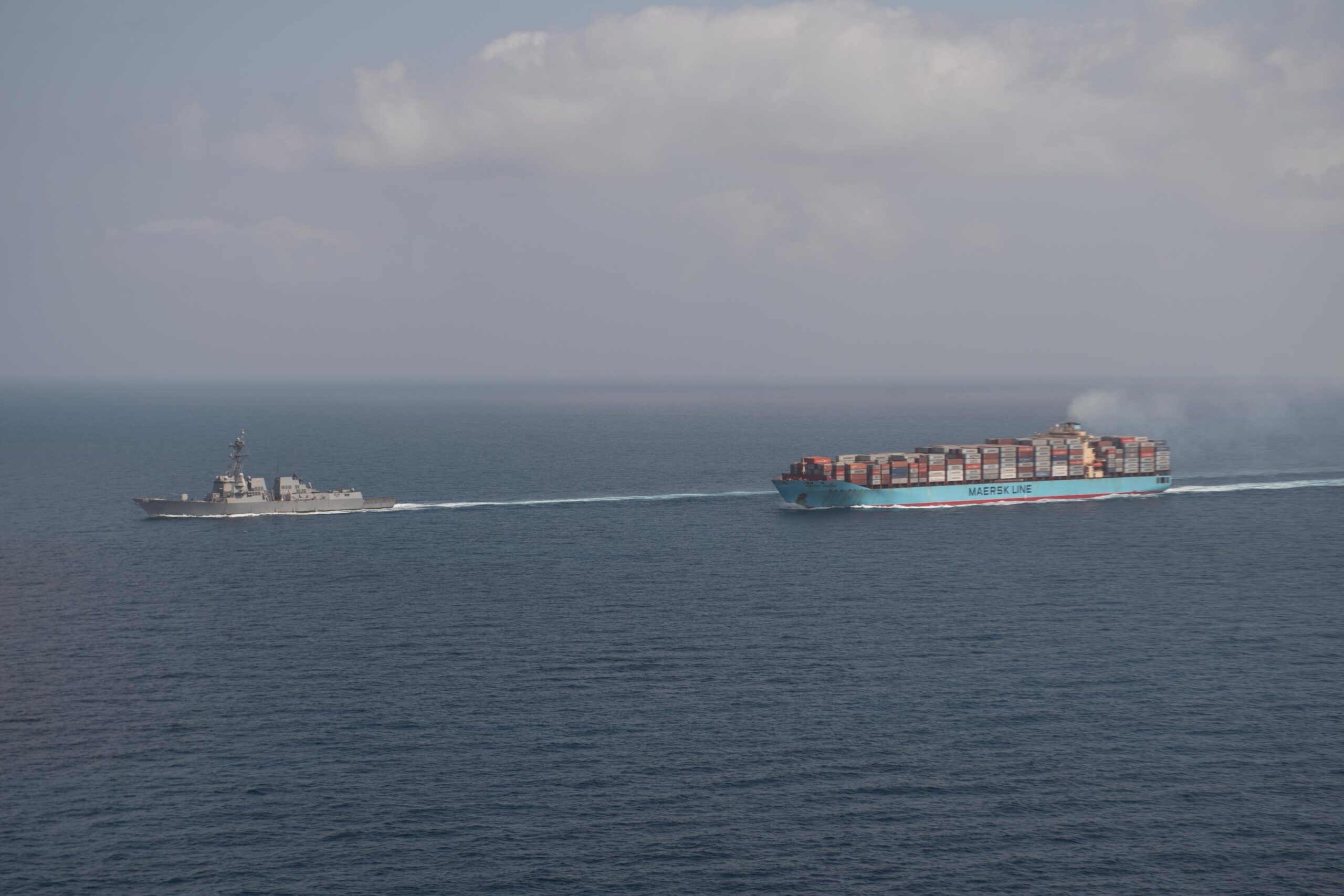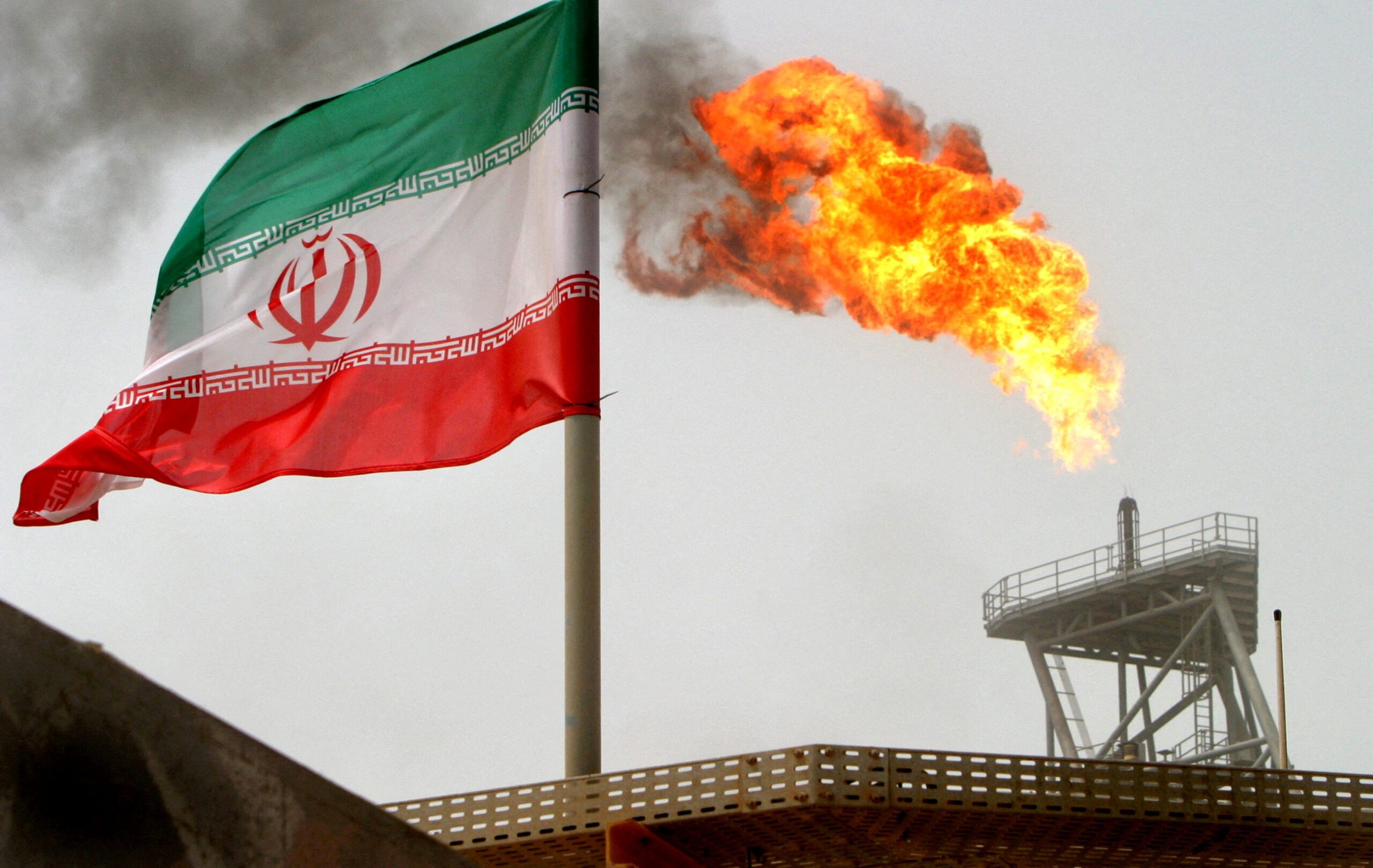(Bloomberg) —
Russia’s oil flows are steadily climbing again after months of careful adherence to a pact with Saudi Arabia to keep barrels off the global market.
The nation’s seaborne crude exports rebounded in the seven days to Oct. 15, boosting four-week average flows to their highest in more than three months.
About 3.51 million barrels a day of crude was shipped from Russian ports last week, a rise of about 285,000 barrels a day from the previous seven days, tanker-tracking data monitored by Bloomberg show. That lifted the less volatile four-week average to about 3.36 million barrels a day.
The increase came from a jump in Black Sea flows to a six-week high and a recovery in shipments from the Arctic port of Murmansk after a slump in the previous week.
Deputy Prime Minister Alexander Novak said in early August that Moscow would prolong export restrictions at a reduced level of 300,000 barrels a day below their May-June average until the end of the year. Bloomberg calculations indicate that shipments through ports should be running now at about 3.28 million barrels a day.
Four-week average shipments have been creeping up relative to that target since the start of September, exceeding it by abut 80,000 barrels a day in the most recent period. That said, compliance has so far been good compared with the country’s past performance against OPEC+ targets. Since the export restriction was introduced at the start of August, flows have averaged about 15,000 barrels a day below their required level, assuming pipeline deliveries have remained unchanged.
The increase in volumes raised the Kremlin’s weekly revenues from oil export duties, while the four-week average rose for an 11th straight week, setting a new high for the period since mid-January.
Russia’s rising oil income has called into question the effectiveness of the price cap imposed on its exports by the Group of Seven nations and European Union that’s supposed to restrict it. The US Treasury responded by imposing sanctions on two tankers accused of carrying cargoes sold at prices above the $60-a-barrel ceiling. The sanctions are the first time there’s been an effort to enforce the cap since it came into effect in December.
Russia’s oil refiners are increasing daily processing rates as October progresses. Oil processing in the country rose by the most in more than a month in the week ended Oct. 11. But ongoing maintenance and temporary diesel export restrictions, which have now been lifted, meant that rates during the Oct. 1-11 period totaled about 150,000 barrels a day below the average for most of September.
Flows by Destination
Russia’s seaborne crude flows rose in four weeks to Oct. 15 averaged 3.36 million barrels a day. That’s the highest since July 4 and up from 3.26 million barrels a day in the period to Oct. 8. Shipments remain about 220,000 barrels a day below the highs seen between April and June.
All figures exclude cargoes identified as Kazakhstan’s KEBCO grade. Those are shipments made by KazTransoil JSC that transit Russia for export through Novorossiysk and the Baltic port of Ust-Luga and are not subject to European Union sanctions or a price cap.
The Kazakh barrels are blended with crude of Russian origin to create a uniform export grade. Since Russia’s invasion of Ukraine, Kazakhstan has rebranded its cargoes to distinguish them from those shipped by Russian companies.
Observed shipments to Russia’s Asian customers, including those showing no final destination, rose for a third week. Flows edged higher to 2.95 million barrels a day in the four weeks to Oct. 15, from a revised 2.86 million barrels a day in the period to Oct. 8. That’s still well below a peak of about 3.6 million barrels a day seen in May.
Even if all of the cargoes on ships without an initial destination eventually end up in India, shipments to the country will still be about 450,000 barrels a day, or 21%, down from their May high. Adding the “Unknown Asia” and “Other Unknown” volumes to the total for India gives a figure of 1.7 million barrels a day in the four weeks to Oct. 15. That’s the most in 15 weeks, but down from a high of 2.15 million barrels a day in the period to May 21.
The equivalent of about 210,000 barrels a day was on vessels signaling Port Said or Suez in Egypt, or are expected to be transferred from one ship to another off the South Korean port of Yeosu. Those voyages typically end at ports in India or China and show up in the chart below as “Unknown Asia” until a final destination becomes apparent.
The “Other Unknown” volumes, running at about 260,000 barrels a day in the four weeks to Oct. 15, are those on tankers showing no clear destination. Most of those cargoes originate from Russia’s western ports and go on to transit the Suez Canal, but some could end up in Turkey. Others could be moved from one vessel to another, with most such transfers now taking place in the Mediterranean.
Russia’s seaborne crude exports to European countries fell to equal their lowest level in 14 weeks of about 125,000 barrels a day in the 28 days to Oct. 15, with Bulgaria the sole destination. These figures do not include shipments to Turkey.
A market that consumed about 1.5 million barrels a day of short-haul seaborne crude, coming from export terminals in the Baltic, Black Sea and Arctic has been lost almost completely, to be replaced by long-haul destinations in Asia that are much more costly and time-consuming to serve.
No Russian crude was shipped to northern European countries in the four weeks to Oct. 15.
Exports to Turkey, Russia’s only remaining Mediterranean customer, jumped to about 290,000 barrels a day in the four weeks to Oct. 15. That’s the highest in eleven months. Flows had topped 425,000 barrels a day in October 2022, before falling sharply after a Group of Seven price cap came into effect in early December.
The jump in flows comes after Lukoil resumed deliveries to the Azerbaijani-owned Star refinery at Aliaga. Supplies are expected at about 100,000 barrels a day, equivalent to half of the refinery’s capacity.
Flows to Bulgaria, now Russia’s only Black Sea market for crude, fell to a six-week low of about 125,000 barrels a day. High levels of imports seen in recent weeks have come despite lawmakers recently approving a motion to end Bulgaria’s dependence on Russian crude sooner than permitted under a European Union import ban.
Flows by Export Location
Aggregate flows of Russian crude rebounded, making up more than half of the previous week’s drop. Seaborne exports averaged 3.51 million barrels a day in the seven days to Oct. 15. The increase of about 285,000 barrels a day was driven by higher flows from the Arctic and the Black Sea.
Figures exclude volumes from Ust-Luga and Novorossiysk identified as Kazakhstan’s KEBCO grade.
Vessel-tracking data are cross-checked against port agent reports as well as flows and ship movements reported by other information providers including Kpler and Vortexa Ltd.
Export Revenue
Inflows to the Kremlin’s war chest from its crude-export duty jumped to $80 million in the seven days to Oct. 15, while four-week average income edged up to $73 million. The four-week average set a new high for the period since mid-January. Rising oil prices and the rebound in flows are both contributing to the increase in receipts.
Russia’s government calculates oil taxes — including export duty — using a discount to global benchmark Brent, which sets the floor price for the nation’s crude for budget purposes. If Russian oil trades above that threshold, the Finance Ministry uses the market price for tax calculations, as has been the case in recent months. The discount used to calculate taxes including export duty is set at $20 a barrel for September and subsequent months.
The duty rate for October has been set at $3.26 a barrel, based on an average Urals price of $77.03 during the calculation period between Aug. 15 and Sept. 14. That was $11.60 a barrel below Brent over the same period. October’s duty rate sets a new high for the year. The rate for November has been set at $3.57 a barrel, based on an average Urals price of $83.35 during the calculation period between Sept. 15 and Oct. 14. That was about $7.70 a barrel below Brent over the same period. November’s duty rate sets a new high for the year.
Origin-to-Location Flows
The following charts show the number of ships leaving each export terminal and the destinations of crude cargoes from the four export regions.
A total of 32 tankers loaded 24.6 million barrels of Russian crude in the week to Oct. 15, vessel-tracking data and port agent reports show. That’s up 2 million barrels from the previous week.
A jump in shipments from Ust-Luga in the Baltic more than offset a drop in the number of vessels leaving nearby Primorsk.
Destinations are based on where vessels signal they are heading at the time of writing, and some will almost certainly change as voyages progress. All figures exclude cargoes identified as Kazakhstan’s KEBCO grade.
The total volume on ships loading Russian crude from the Baltic terminals was unchanged, averaging 1.56 million barrels a day for a third week.
Shipments of Russian crude from Novorossiysk jumped to 625,000 barrels a day, equal to the highest since the week ending July 2.
Two cargoes of Kazakh crude were loaded at the port during the week, up from one during the previous seven days.
Two Suezmax tankers completed loading cargoes at the Arctic port of Murmansk in the week to Oct. 15, boosting flows to about 285,000 barrels a day.
Two tankers were drifting outside the port waiting to load at the end of the week.
Ten tankers loaded at Russia’s three Pacific export terminals, down by two from the previous week. The volume of crude shipped from the region fell to just over 1 million barrels a day, down by 200,000 barrels a day from the previous seven days.
The drop in flows was driven by fewer ships lading Sokol grade from the terminal at De Kastri and no tankers completing loading of Sakhalin Blend crude. Shipments from the Sakhalin Island terminal are running at one every other week.
The volumes heading to unknown destinations are Sokol cargoes that are currently being shuttled to an area off the South Korean port of Yosu from the loading terminal at De Kastri. Most of these are ending up in India.
–With assistance from Sherry Su.
© 2023 Bloomberg L.P.

 Join The Club
Join The Club










